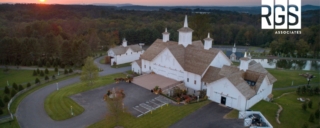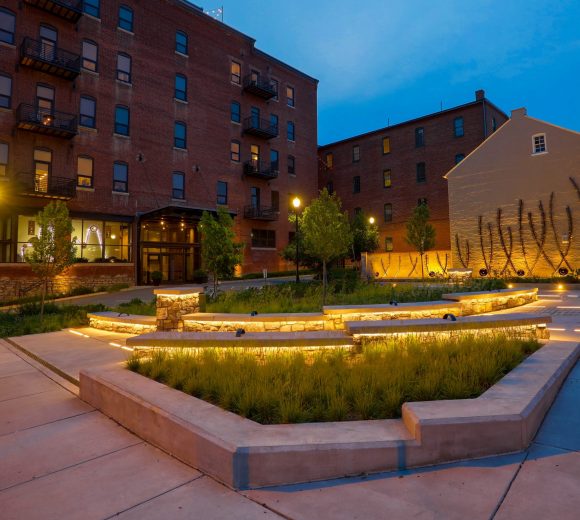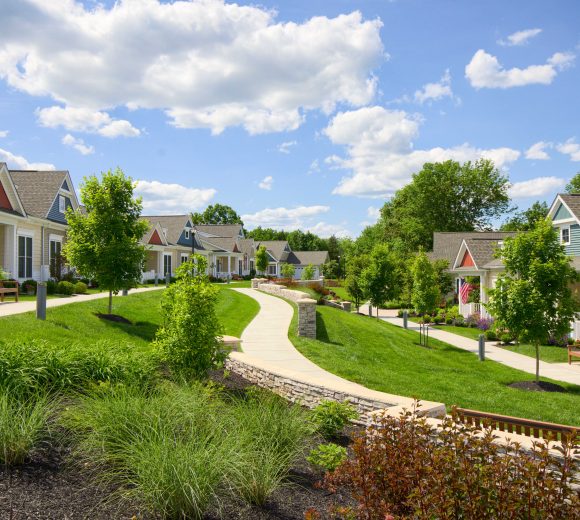Preserving the Past While Building the Future: How RGS Associates Approaches Historic Preservation Projects
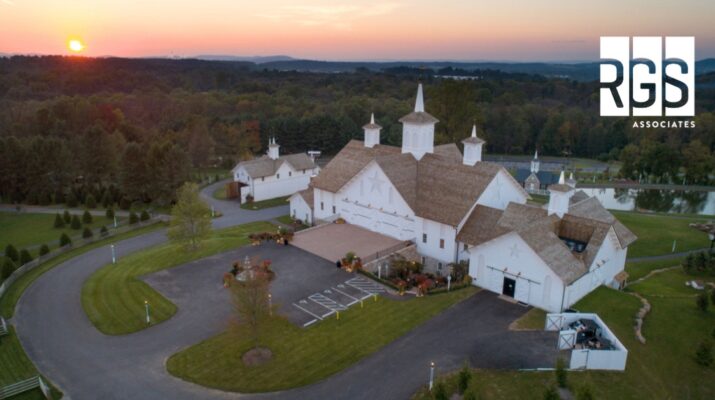
In the evolving landscape of land development and civil engineering, historic preservation projects offer both unique challenges and exciting opportunities.
For RGS Associates, these projects embody our commitment to honoring our collective heritage while enabling sustainable development for the future.
The Balance Between Old and Historic
One of the primary challenges in historic preservation is the designation between what’s merely old and what’s been deemed truly historic. Emotional attachment from the community often develops with older buildings and properties that have been part of the landscape for generations, regardless of their historical significance.
Historically significant properties can be designated at the local, state, or national level and require special considerations with any new development project. Every aging structure undergoes numerous reviews during this process, and some will not receive the protections that come with a historic designation.
Navigating Complex Challenges
 Working with historic properties introduces a host of considerations that extend well beyond standard development projects. The complexity of historic preservation requires a comprehensive understanding of the project and an approach that balances preservation ideals with existing realities.
Working with historic properties introduces a host of considerations that extend well beyond standard development projects. The complexity of historic preservation requires a comprehensive understanding of the project and an approach that balances preservation ideals with existing realities.
When necessary, RGS will engage with appropriate allied professionals to assist in evaluations, documentation, and specific preservation strategies.
Stone Gables Estate: Preserving Agricultural Heritage
The Stone Gables Estate in Lancaster County represents one of RGS’s most comprehensive historic preservation projects. Home to Ironstone Ranch and The Star Barn Village, this project required precise master planning, innovative civil engineering, and meticulous site design to restore multiple historic structures on a single property.
The centerpiece of the project, the iconic Star Barn, was carefully disassembled at its original location and reconstructed at Stone Gables Estate in Elizabethtown, PA. This process required extensive coordination by the owner with preservation specialists to ensure that the barn’s historic integrity was maintained throughout the relocation.

RGS’s work included sensitive site planning that preserved the agricultural character of the landscape and historic context of the building placement, while accommodating modern infrastructure needs. The design maintains the historic relationship between the barn and its surrounding context, creating an authentic experience that honors Pennsylvania’s agricultural heritage.
Despite regulatory challenges and the technical complexities of relocating historic structures, the project has become a premier destination for events and education about historic agricultural practices.
Reserve at Maybrook: Adapting Historic Estates for Modern Use
The Reserve at Maybrook in Montgomery County demonstrates how historic estate properties can be thoughtfully adapted for contemporary residential use. The project centers around the historic Maybrook Mansion, a striking English Gothic Revival estate built in the early 20th century.
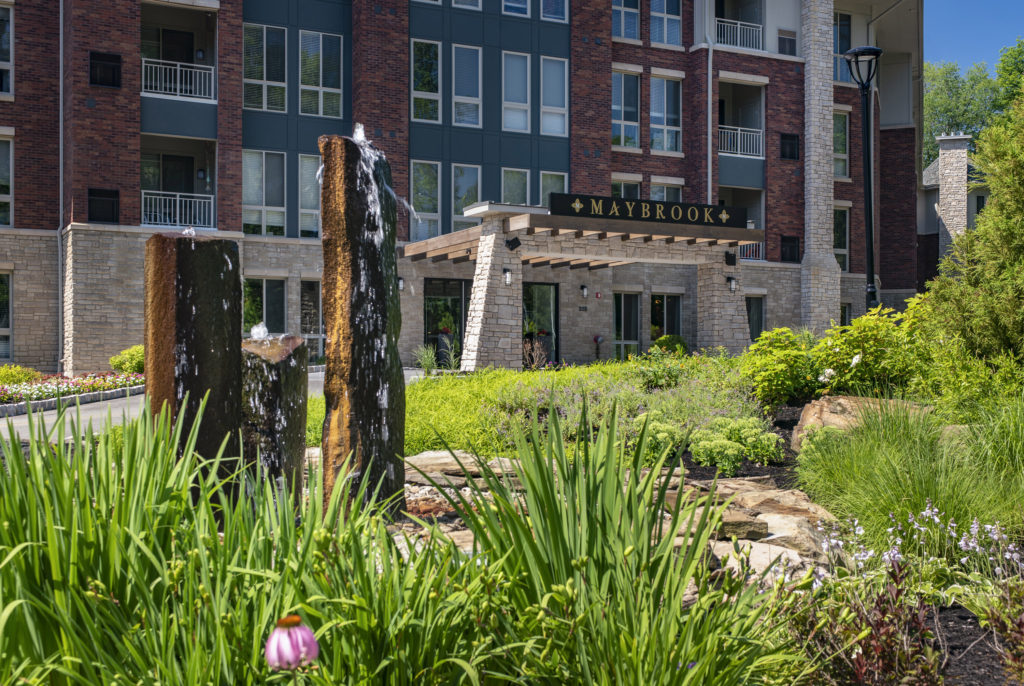
RGS faced multiple challenges in bringing this project to fruition. The extensive grounds featured significant historic landscape elements that needed preservation, while the addition of new residential buildings required careful placement to maintain the historic viewsheds and character of the property.
The team conducted in-depth historical research to understand the original design intent of the estate grounds, allowing for a development plan that respected the property’s heritage. By preserving the mansion as the centerpiece of the community and thoughtfully integrating new residential buildings into the historic landscape, RGS created a living environment that celebrates its historic roots while meeting modern housing needs.
The project’s success is evident in its reception—it received a 2023 Montgomery Award for zoning innovation, planning process, historic preservation, and site-sensitive design. More recently, Maybrook was a cover feature of the industry-leading publication Landscape Architect and Specifier News, which coincided with World Landscape Architecture Month.
Englewood Barn: From Agricultural Past to Cultural Center
As part of the Hershey West End development in Dauphin County, the adaptive reuse of Englewood Barn demonstrates how agricultural structures can find new life as community cultural centers. The historic barn, dating to the mid-19th century, has been transformed into a vibrant mixed-use space while maintaining its rustic character.
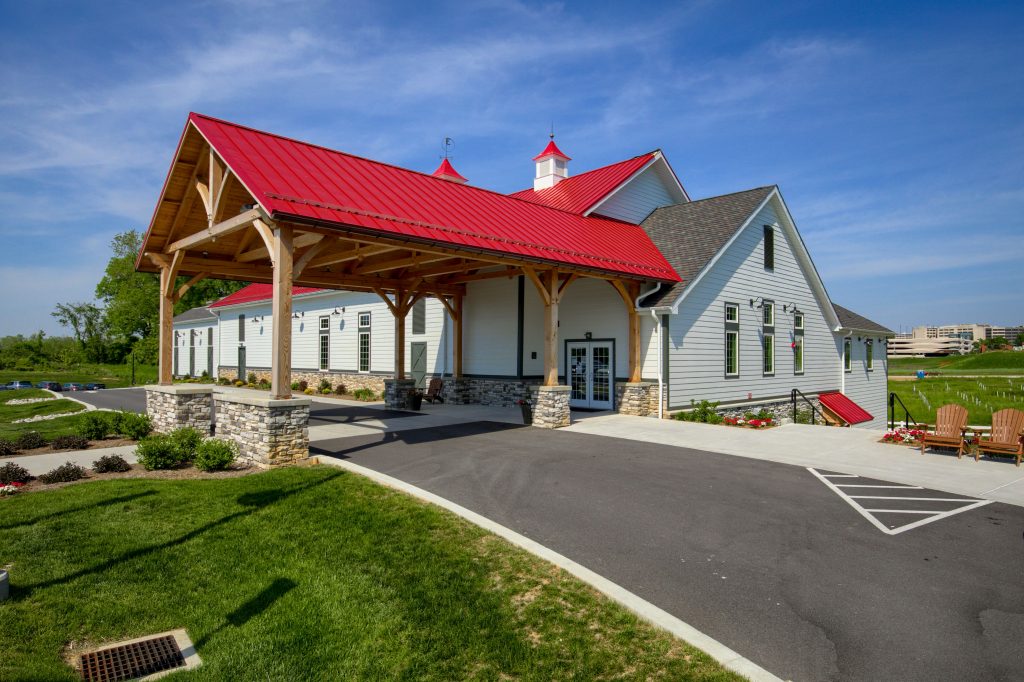
RGS’s approach focused on site design elements that complemented and enhanced the historic barn structure while accommodating its new use. The team developed accessible pathways, gathering spaces, and infrastructure that respected the barn’s agricultural heritage while supporting its transformation into a contemporary entertainment and dining venue.
The integration of modern site amenities with the historic structure required thoughtful planning to ensure the barn remained the centerpiece of the surrounding landscape while meeting current accessibility and functional requirements.
With the next phase of development underway—including a new hotel currently under construction—the Englewood Barn stands as an anchor for the entire West End community and demonstrates how historic preservation can serve as a catalyst for broader economic development.
The Value of Preservation
Historic preservation delivers substantial benefits that extend far beyond aesthetics. As these three landmark projects show, thoughtful preservation creates value on multiple levels:
Cultural and Community Identity
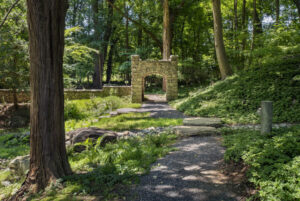 Historic resources provide tangible connections to our shared past.
Historic resources provide tangible connections to our shared past.
By preserving elements like the Star Barn, Maybrook Mansion, and Englewood Barn, communities maintain their unique character and sense of place.
These projects help tell the story of a community’s development over time, connecting residents to their local heritage.
Environmental Sustainability
 Reusing existing buildings is fundamentally sustainable. It reduces construction waste, conserves embodied energy, and often utilizes durable, time-tested materials.
Reusing existing buildings is fundamentally sustainable. It reduces construction waste, conserves embodied energy, and often utilizes durable, time-tested materials.
When combined with modern energy-efficient systems, historic buildings can be both environmentally responsible and economically viable.
Economic Development
 Well-executed historic preservation and adaptive reuse projects become catalysts for economic development. The unique character and authenticity of historically preserved spaces create distinctive environments that attract visitors, residents, and businesses.
Well-executed historic preservation and adaptive reuse projects become catalysts for economic development. The unique character and authenticity of historically preserved spaces create distinctive environments that attract visitors, residents, and businesses.
Adaptive reuse invigorates communities and inspires outcomes. These projects often command premium values in the market while enhancing the overall appeal of their communities.
Finding the Right Balance
Successful historic preservation strikes the right balance between honoring the past and meeting contemporary needs. At RGS Associates, this balanced approach guides our work across all historic preservation projects.

